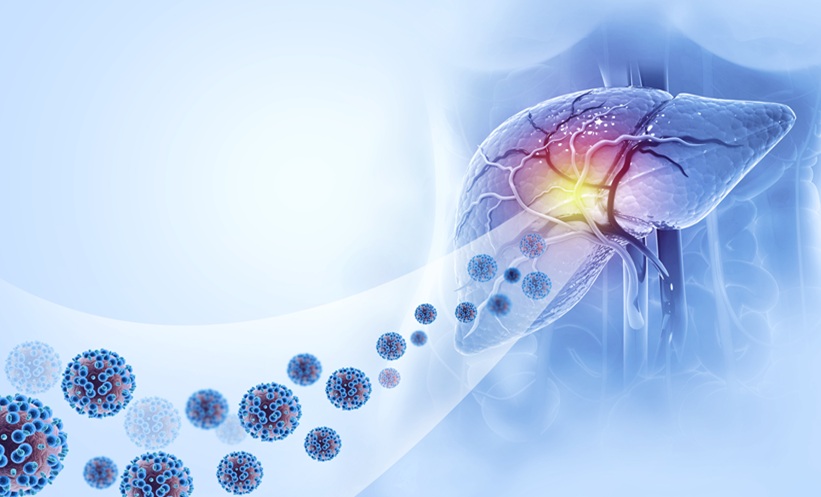ACUTE liver failure (ALF) caused by Hepatitis B virus (HBV) remains one of the most severe and life-threatening liver conditions, marked by rapid hepatocyte injury and altered mental status. Despite advances in antiviral therapy, effective treatments remain limited, and mortality rates can exceed 50%. Recent research has focused on uncovering molecular mechanisms, particularly those involving NOD1 and endoplasmic reticulum stress (ERS), that could open new avenues for acute liver failure diagnosis and treatment.
NOD1 Signalling in Acute Liver Failure
The study examined transcriptome data from patients with HBV-induced acute liver failure and healthy controls, identifying key genes and pathways linked to disease progression. NOD1, a pattern recognition receptor, emerged as a critical player in the immune response, detecting molecular signals from damaged cells. In hepatocytes, which make up most of the liver’s mass, NOD1 activation contributes to immune defence but can also trigger damaging inflammation when overstimulated.
ERS, a condition where the endoplasmic reticulum becomes overloaded with misfolded proteins, is another major factor in liver injury. Researchers discovered that NOD1 may sense ERS and initiate inflammatory responses that worsen hepatocyte damage. This interaction between ERS and NOD1 appears to amplify immune activation in HBV-related ALF, accelerating liver cell death and organ failure.
Key Genes and Therapeutic Insights
In addition to NOD1, four associated genes, CFTR, DERL3, SEL1L, and DNAJB9, were identified as central to the network influencing HBV-ALF. Upregulation of NOD1, DERL3, and CFTR reflected heightened immune and stress responses, while reduced expression of SEL1L and DNAJB9 suggested impaired protein regulation and increased apoptosis.
The findings indicate that these molecular changes disrupt liver cell homeostasis and contribute to inflammation. Interestingly, CFTR-targeting drugs such as Lumacaftor and Tezacaftor, though currently used in cystic fibrosis, showed theoretical potential for liver protection and warrant further exploration.
By illuminating the intricate interplay between NOD1, endoplasmic reticulum stress, and acute liver failure, this study provides valuable insights into the molecular mechanisms underlying HBV-related liver injury. These discoveries may ultimately guide more precise diagnosis and treatment strategies for patients facing this devastating condition.
Reference
Deng F et al. Bioinformatics identification of key genes correlating NOD1 and Endoplasmic Reticulum stress in Hepatitis B virus-induced acute liver failure. Sci Rep. 2025;15(1):35919.








